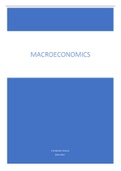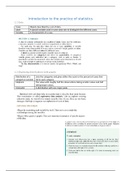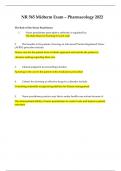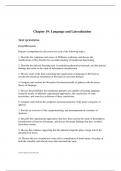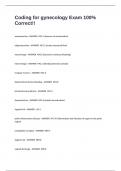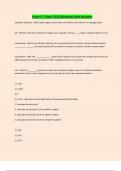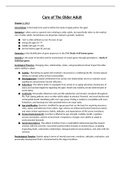Summary
Macroeconomics Summary
- Course
- Institution
- Book
In this document you will find a summary of the exam material for the subject Macroeconomics, given in the first year of the Bachelor's Economics and Business Economics and in the Pre-Master/Minor Finance at the FEB at the University of Groningen. The summary provides an overview of the most impor...
[Show more]
